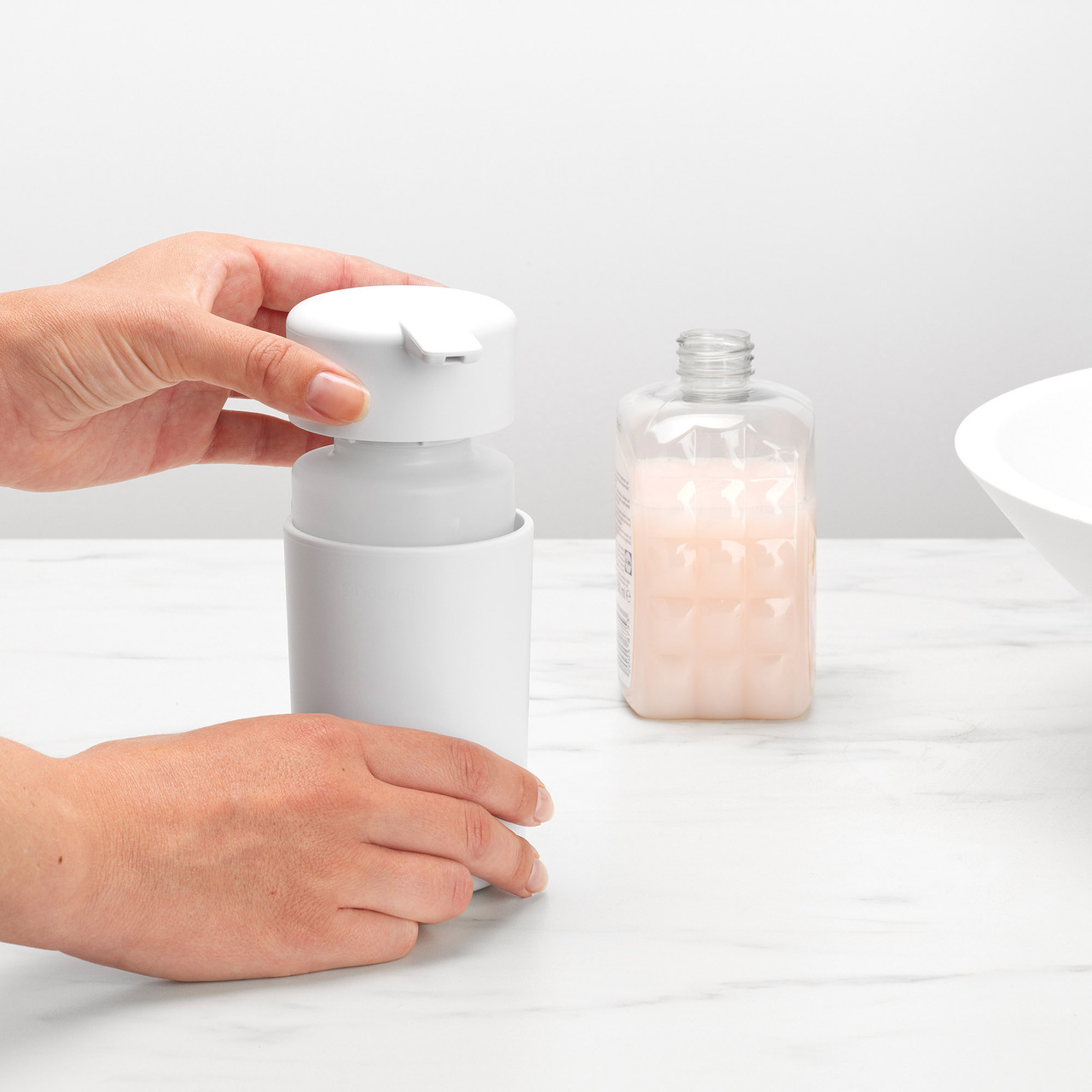

Articles
How To Fix Foaming Soap Dispenser
Modified: October 20, 2024
Learn how to fix a foaming soap dispenser with these helpful articles. Fix the foaming issues quickly and easily using our step-by-step guides and tips.
(Many of the links in this article redirect to a specific reviewed product. Your purchase of these products through affiliate links helps to generate commission for Storables.com, at no extra cost. Learn more)
Introduction
Have you ever encountered a frustrating situation when your soap dispenser starts foaming uncontrollably instead of dispensing liquid soap? This common issue can be a nuisance, leading to messy countertops and wasted soap. Fortunately, fixing a foaming soap dispenser is a relatively simple task that can be done with a few troubleshooting steps.
In this article, we will explore the common causes of foaming in soap dispensers and provide you with a step-by-step guide on how to fix them. Whether you are dealing with a foaming soap dispenser in your bathroom, kitchen, or even public restrooms, these solutions can help you restore functionality and avoid unnecessary frustration.
Before we dive into the solutions, it’s important to understand what causes a soap dispenser to foam excessively. This knowledge will enable us to address the root causes and implement the appropriate fixes.
Key Takeaways:
- Say goodbye to foamy messes by cleaning the nozzle, adjusting soap-to-water ratio, and switching to low-foaming soap to fix your soap dispenser.
- Don’t let excessive foam ruin your soap dispenser experience. Troubleshoot and replace the pump if needed to enjoy hassle-free soap dispensing.
Read more: How To Make A Foaming Soap Dispenser
Common Causes of Foaming in Soap Dispensers
Understanding the underlying causes of foaming in soap dispensers is key to fixing the issue effectively. Here are some common factors that can contribute to excessive foam:
- Soap-to-water ratio: The most common cause of foaming in soap dispensers is an incorrect soap-to-water ratio. If the soap concentration is too high, it can create excess foam when dispensed. This can happen if you dilute the soap incorrectly or if the dispenser’s pump mechanism is not calibrated properly.
- Type of soap: Certain types of soap are more prone to producing foam than others. For example, hand soaps that contain high levels of surfactants or foaming agents tend to create more foam. While these soaps are designed to produce lather, they can cause excessive foam in soap dispensers if not used correctly.
- Build-up and residue: Over time, soap residue may accumulate in the dispenser nozzle, causing blockages and disruptions in the flow of liquid soap. This build-up can lead to increased foam production when dispensing.
- Pump mechanism issues: Another potential cause of foaming is a faulty or clogged pump mechanism. If the pump is not working properly, it may fail to dispense the soap evenly, resulting in excessive foam. This can happen due to blockages from dried soap or debris.
- Environmental factors: Environmental factors such as temperature and water hardness can also affect the foam produced by soap dispensers. Hard water, for instance, contains minerals that can interact with soap and create more foam. Additionally, high temperatures can promote foaming due to the expansion of air bubbles.
Identifying the specific cause of foaming in your soap dispenser is crucial to implementing the most effective solution. Now that we have identified the common causes, let’s explore the steps you can take to fix a foaming soap dispenser.
Steps to Fix a Foaming Soap Dispenser
If you’re tired of dealing with a foaming soap dispenser, don’t worry! Here are some simple steps you can follow to fix the issue and get your dispenser back to dispensing liquid soap smoothly:
- Clean the Dispenser Nozzle: Start by examining the nozzle of your soap dispenser. Remove any visible residue or blockages that may be causing the foaming. You can use a toothpick or a small brush to gently clean the nozzle. Rinse it thoroughly with warm water to ensure it is clear of any debris.
- Adjust the Soap-to-Water Ratio: If the foaming persists, you may need to adjust the soap-to-water ratio. Try diluting the liquid soap with water to reduce its concentration. Experiment with different ratios until you find the optimal balance that produces minimal foam. Be sure to test the dispenser after each adjustment to assess the results.
- Check the Type of Soap Being Used: Evaluate the type of soap you are using. If you are experiencing excessive foam with a particular soap brand or type, consider switching to a different soap that is known for producing less foam. Look for “low-foaming” or “mild” soap options that are suitable for soap dispensers.
- Unclog the Pump Mechanism: A clogged or malfunctioning pump mechanism can cause foaming. To unclog the pump, remove it from the soap dispenser and rinse it under warm water. Use a small brush or toothpick to dislodge any trapped soap or debris. Ensure that the pump moves freely and smoothly before reassembling it.
- Replace the Pump if Necessary: If none of the above steps resolve the issue, it may be time to replace the pump mechanism entirely. Over time, pump mechanisms can wear out or become irreversibly clogged. Look for replacement parts or consider investing in a new pump that is compatible with your soap dispenser.
By following these steps, you can troubleshoot and fix most foaming soap dispenser issues. However, if the problem persists or if your dispenser is still under warranty, it may be helpful to contact the manufacturer or consult a professional for further assistance.
Remember, each soap dispenser may have its own unique quirks, so don’t hesitate to tailor these steps to your specific dispenser’s needs. With a little patience and effort, you’ll have your soap dispenser back in working order, free from excessive foam.
Clean the Dispenser Nozzle
One of the first steps you should take when addressing a foaming soap dispenser issue is to clean the dispenser nozzle. Over time, soap residue and mineral deposits can build up in the nozzle, leading to clogs and interfering with the smooth flow of liquid soap. Here’s a simple step-by-step guide on how to clean the dispenser nozzle:
- Remove the dispenser nozzle: Depending on the design of your soap dispenser, you may be able to unscrew or pull off the nozzle. Carefully detach it from the main body of the dispenser.
- Inspect the nozzle: Take a close look at the nozzle to identify any visible residue or blockages. Soap scum, hardened soap, or debris can accumulate over time, causing the dispenser to foam excessively.
- Clear the blockages: Use a toothpick or a small brush to gently remove the accumulated residue from the nozzle. Be careful not to damage the nozzle or push the debris further into the dispenser system. You can also rinse the nozzle under warm water to help dislodge any stubborn build-up.
- Thoroughly rinse the nozzle: After removing the blockages, rinse the nozzle under warm water to ensure that all soap residue and debris are flushed out. This will help to restore the proper flow of liquid soap.
- Dry and reattach the nozzle: Once the nozzle is clean and free from blockages, dry it thoroughly with a clean cloth or paper towel. Make sure it is completely dry to prevent any moisture from causing future clogs. Then, reattach the nozzle securely to the dispenser.
Cleaning the dispenser nozzle is often a quick and effective solution for fixing a foaming soap dispenser. However, if the foaming issue persists, you may need to explore other potential causes, such as adjusting the soap-to-water ratio or checking the type of soap being used. By addressing each possibility systematically, you can troubleshoot and resolve the problem, ensuring that your soap dispenser dispenses liquid soap as intended.
Adjust the Soap-to-Water Ratio
One of the common culprits behind excessive foam in soap dispensers is an imbalance in the soap-to-water ratio. If the soap concentration is too high, it can produce more lather and foam when dispensed. Adjusting the soap-to-water ratio can help reduce the foam and restore the proper functioning of the dispenser. Follow these steps to adjust the soap-to-water ratio:
- Empty the soap dispenser: Start by emptying any remaining soap from the dispenser. This will allow you to start fresh with the adjustment process.
- Measure the soap and water: Take note of the amount of liquid soap currently in the dispenser. Based on that, measure an equal or slightly smaller amount of water to dilute the soap. For example, if you have 1 cup of liquid soap, you might mix it with 3/4 cup of water.
- Mix the soap and water: Carefully pour the measured water into the soap dispenser, then add the corresponding amount of liquid soap. Gently swirl the mixture to ensure thorough mixing.
- Test the dispenser: Depress the pump a few times to test the consistency of the soap. If it still produces excessive foam, repeat the process with a greater ratio of water to soap until you achieve the desired result. Remember to test the dispenser after each adjustment to assess the foam levels.
- Take note of the new ratio: Once you find the optimal balance that produces minimal foam, make a note of the ratio of soap to water. This will help you refill the dispenser correctly in the future.
By adjusting the soap-to-water ratio, you can regulate the foam production in your soap dispenser. It may take some trial and error to find the perfect ratio for your specific dispenser and soap, but with persistence, you’ll be able to achieve a balanced mixture that dispenses liquid soap without excessive foaming.
If the foaming issue persists even after adjusting the soap-to-water ratio, you may need to consider other possible causes, such as the type of soap being used or the condition of the dispenser’s pump mechanism.
To fix a foaming soap dispenser, try cleaning the pump mechanism with warm water to remove any clogs or residue. If that doesn’t work, try replacing the pump or contacting the manufacturer for assistance.
Read more: How Does Foam Soap Dispenser Work
Check the Type of Soap Being Used
The type of soap you use in your dispenser can have a significant impact on the amount of foam it produces. Some hand soaps are formulated with high levels of surfactants or foaming agents, which are designed to create rich lather and foam when used. However, these types of soaps may not be ideal for soap dispensers, as they can contribute to excessive foam. Here’s how to check and adjust the type of soap being used:
- Inspect the soap label: Take a look at the label of the soap you are currently using. Look for keywords such as “foaming,” “high-lather,” or “rich foam.” These indicate that the soap may have higher levels of ingredients that promote foam formation.
- Switch to a low-foaming soap: If you believe the type of soap being used is contributing to the excessive foam, consider switching to a different soap that is specifically labeled as “low-foaming” or “mild.” These soaps are formulated to produce less foam, making them more suitable for soap dispensers.
- Test a small amount: Before fully replacing the soap in your dispenser, pour a small amount of the new soap into a separate container. Test its foaming properties by dispensing a small amount. If it produces less foam compared to the previous soap, it’s a good indication that it will work better in your dispenser.
- Refill the dispenser: Once you have chosen a suitable low-foaming soap, empty the existing soap from your dispenser. Replace it with the new soap, ensuring that you adjust the soap-to-water ratio if necessary.
- Observe and make adjustments: After refilling the dispenser, test it by pumping the soap a few times. Observe the foam production and make any necessary adjustments to the soap-to-water ratio or switch to a different soap if the foaming issue persists.
Switching to a low-foaming soap can greatly reduce excessive foam in your soap dispenser. However, keep in mind that different brands and formulations may vary, so it’s important to test and find a soap that works best for your specific dispenser. With the right soap, you’ll be able to enjoy a smooth and efficient soap dispensing experience without the frustration of excessive foam.
If changing the type of soap does not resolve the issue, continue to the next step to troubleshoot further.
Unclog the Pump Mechanism
A clogged pump mechanism can be another culprit behind a foaming soap dispenser. Over time, soap residue, debris, or minerals from hard water can accumulate within the pump, obstructing the flow of liquid soap and causing excessive foam. Here are the steps to unclog the pump mechanism of your soap dispenser:
- Remove the pump: Carefully remove the pump from the dispenser body. This step may vary depending on the type of soap dispenser you have. Some pumps can be unscrewed, while others may require you to pull or twist off the top portion.
- Rinse the pump: Rinse the pump under warm running water. This will help remove any soap residue or debris that may be lodged inside the pump mechanism. Gently scrub the pump with a small brush or toothbrush to dislodge any stubborn clogs.
- Clear the nozzle: While rinsing the pump, pay special attention to the nozzle or openings through which the soap flows. Use a toothpick or small brush to clear any blockages or dried soap that may be obstructing the smooth flow of liquid soap.
- Soak in vinegar solution (optional): If there are stubborn deposits or mineral build-up within the pump, you can soak it in a vinegar solution to loosen and dissolve the clogs. Mix equal parts vinegar and water in a bowl or container, then submerge the pump for about 30 minutes. After soaking, rinse the pump thoroughly with water.
- Dry and reassemble: After cleaning and rinsing the pump, make sure to dry it completely with a clean towel or allow it to air dry. Ensure that all components are dry before reassembling the pump back into the dispenser.
By unclogging the pump mechanism, you can restore the proper flow of liquid soap in your dispenser and minimize excessive foaming. However, if the issue persists even after performing these steps, it may be necessary to consider replacing the pump mechanism or seeking professional assistance to determine and fix the underlying issue.
Now, let’s continue to the next step to explore the possibility of replacing the pump if needed.
Replace the Pump if Necessary
If you’ve followed the previous steps and the foaming issue in your soap dispenser still persists, it may be time to consider replacing the pump mechanism. A faulty or worn-out pump can contribute to problems such as excessive foam, inconsistent soap dispensing, or no soap being dispensed at all. Here’s how you can go about replacing the pump:
- Identify the compatible pump: Determine the type of pump mechanism your soap dispenser requires. This information can often be found in the product manual or on the manufacturer’s website. Additionally, you may want to measure the dimensions of your current pump to ensure you find a suitable replacement.
- Order the replacement pump: Search online or visit a local hardware store or home improvement center to find the appropriate replacement pump for your dispenser. Make sure to purchase a pump that is compatible with your specific soap dispenser model and size.
- Remove the old pump: Carefully detach the old pump from the dispenser. Depending on the design, this may involve unscrewing, pulling, or twisting off the pump. Follow any instructions provided by the manufacturer to ensure a proper removal.
- Install the new pump: Take the new pump mechanism and securely attach it to the dispenser. Ensure that it is properly fitted and aligned with the opening in the dispenser. Follow any additional installation instructions provided by the manufacturer, if applicable.
- Test the dispenser: After replacing the pump, give it a test run. Pump the dispenser a few times to check if the soap is being dispensed properly without excessive foam. If the foaming issue is resolved and the soap flows smoothly, the replacement pump has likely solved the problem.
Replacing the pump mechanism can be an effective solution if previous troubleshooting steps have not resolved the foaming issue. However, if even after replacing the pump, the problem persists, it may be necessary to consult the manufacturer, check the warranty, or seek professional assistance to further diagnose and resolve the underlying problem.
Remember, each soap dispenser may have different mechanisms and installation methods, so it is essential to follow the specific instructions provided by the manufacturer to ensure a successful replacement.
Now that you have gone through the steps to fix a foaming soap dispenser, you should be able to enjoy a properly functioning soap dispenser without the annoyance of excessive foam. Regular maintenance and cleaning of the dispenser nozzle and pump mechanism can help prevent future foaming issues, ensuring a hassle-free soap dispensing experience.
Conclusion
Dealing with a foaming soap dispenser can be frustrating, but with the right steps and a little troubleshooting, you can resolve the issue and enjoy smooth, non-foaming soap dispensing. By understanding the common causes of foaming in soap dispensers, such as an incorrect soap-to-water ratio, high-foaming soap types, build-up and residue, pump mechanism issues, and environmental factors, you can address each issue systematically to find the solution that works best for your dispenser.
Start by cleaning the dispenser nozzle to remove any blockages or residue. Adjusting the soap-to-water ratio can also help reduce excessive foam by diluting the soap concentration. Consider switching to a low-foaming soap that is specifically designed for soap dispensers to further minimize foam production. If the problem persists, unclogging the pump mechanism by rinsing it thoroughly or soaking it in a vinegar solution can often do the trick.
However, if none of these steps resolve the issue, it may be necessary to replace the pump mechanism. Ensure you find a compatible replacement pump and follow the manufacturer’s instructions for installation. Testing the dispenser after the replacement will help confirm if the issue has been resolved.
Remember, proper maintenance and regular cleaning are key to preventing future foaming issues. By following these steps and being aware of the potential causes, you can keep your soap dispenser functioning smoothly and efficiently.
Now, armed with the knowledge and troubleshooting steps outlined in this article, you can confidently tackle any foaming problems in your soap dispenser and enjoy a hassle-free soap dispensing experience.
Frequently Asked Questions about How To Fix Foaming Soap Dispenser
Was this page helpful?
At Storables.com, we guarantee accurate and reliable information. Our content, validated by Expert Board Contributors, is crafted following stringent Editorial Policies. We're committed to providing you with well-researched, expert-backed insights for all your informational needs.
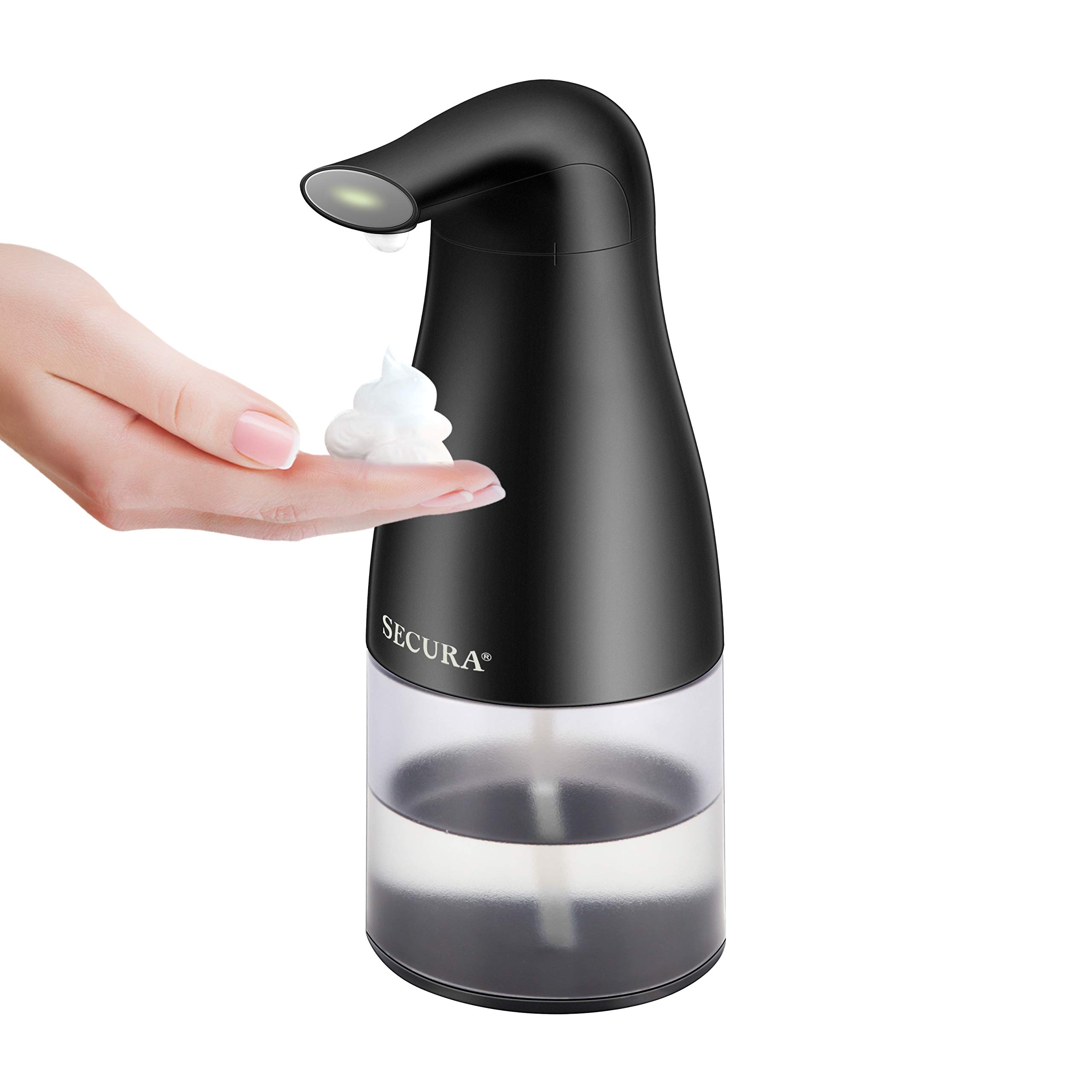
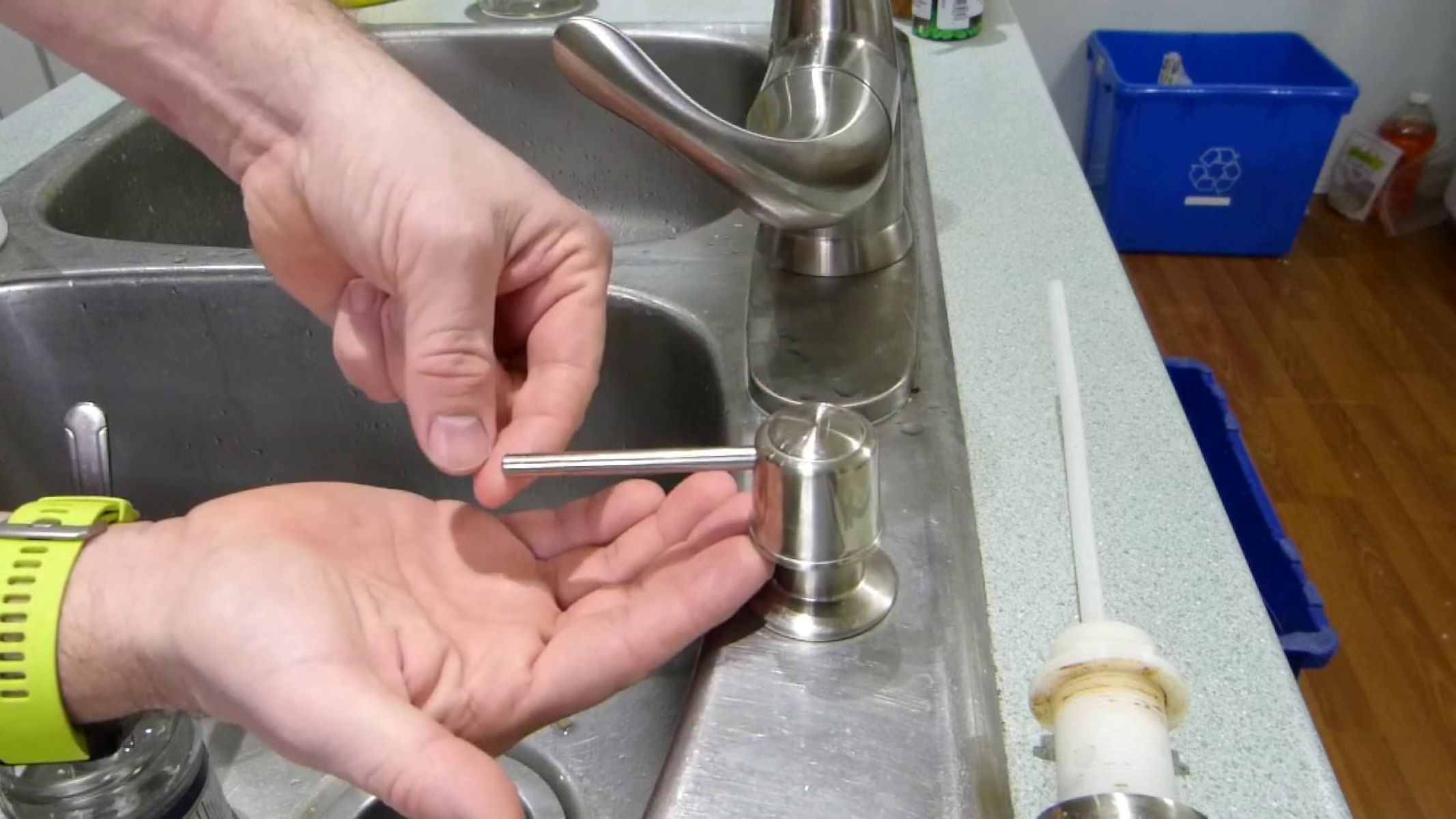
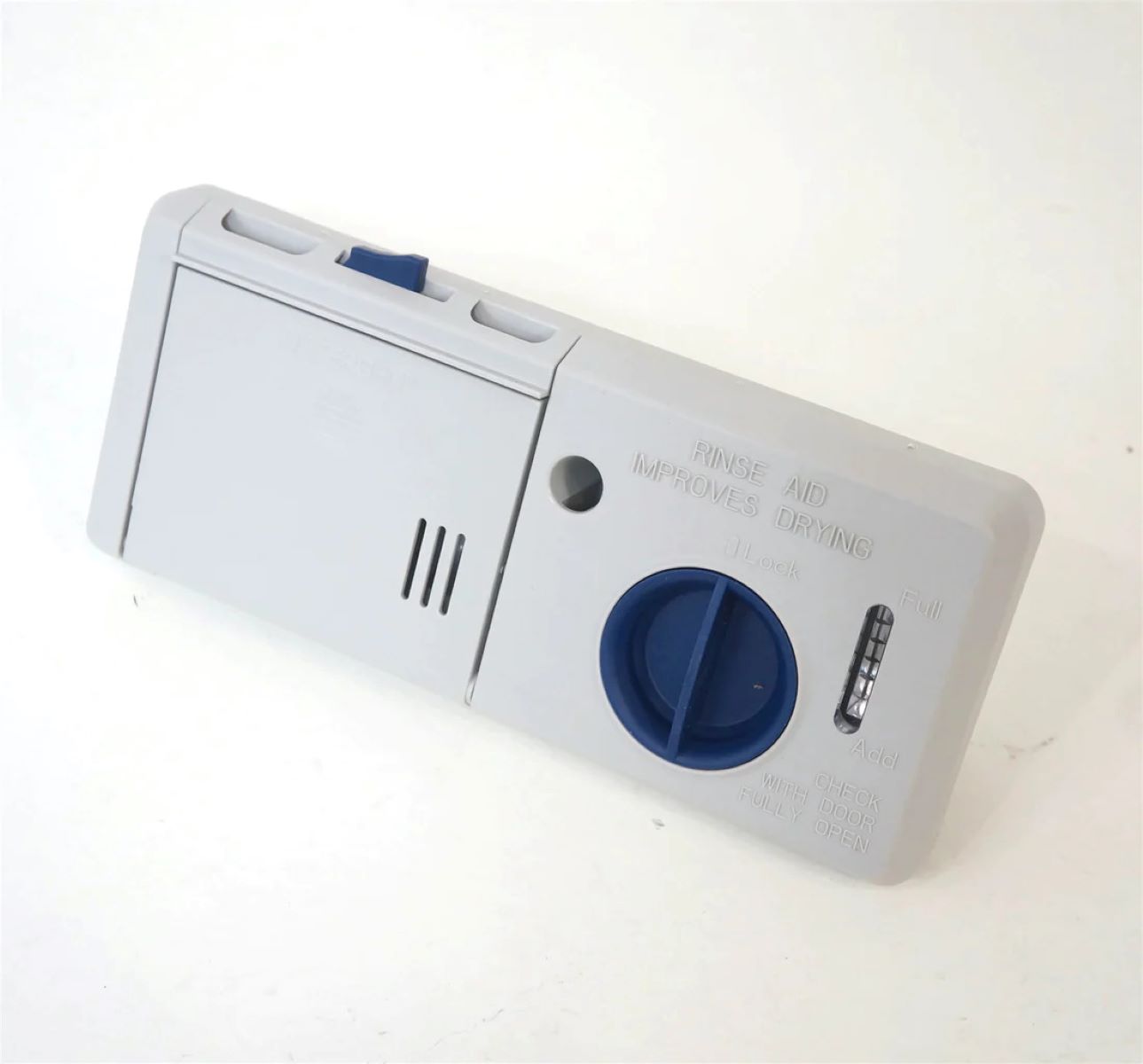
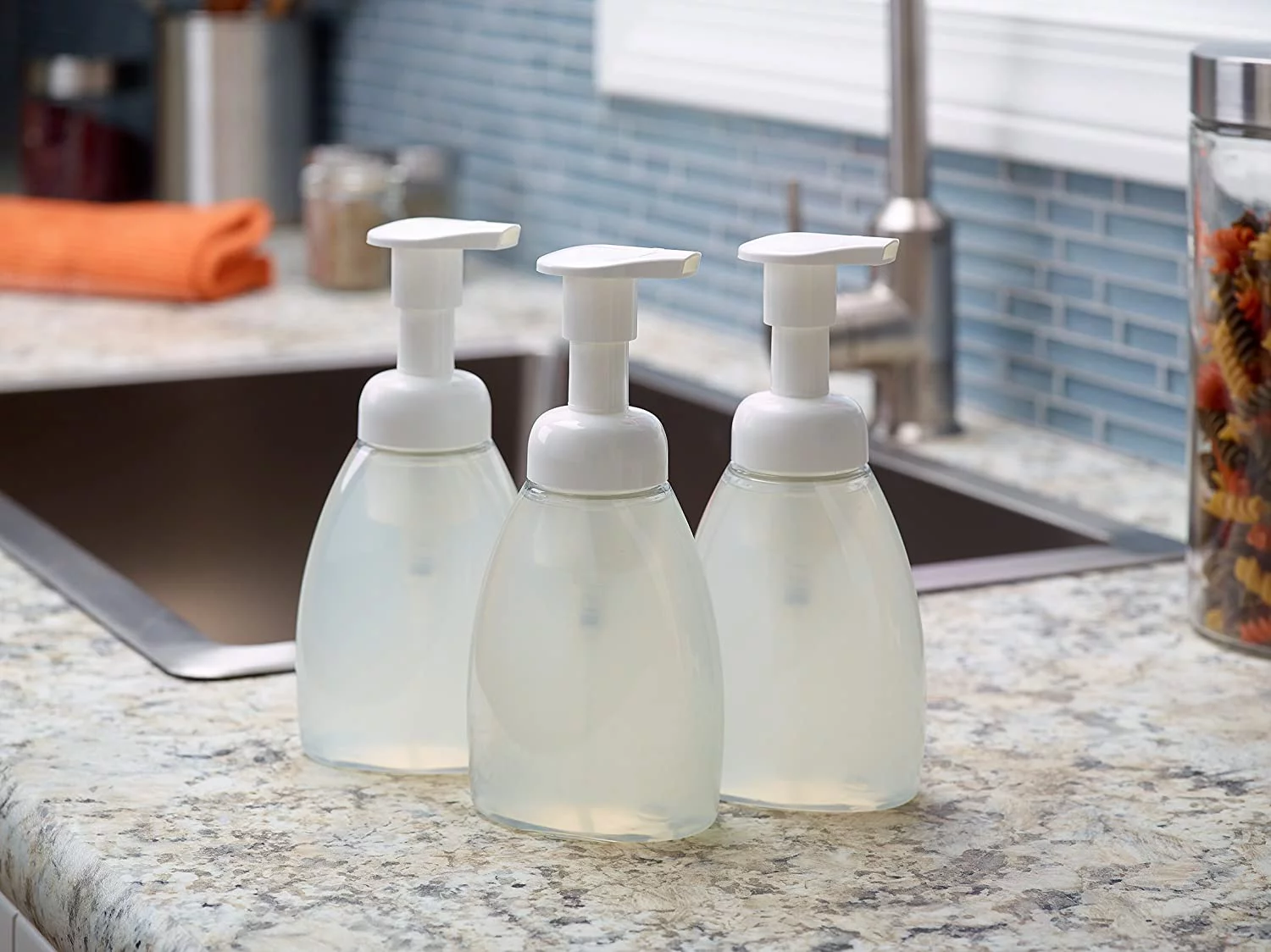


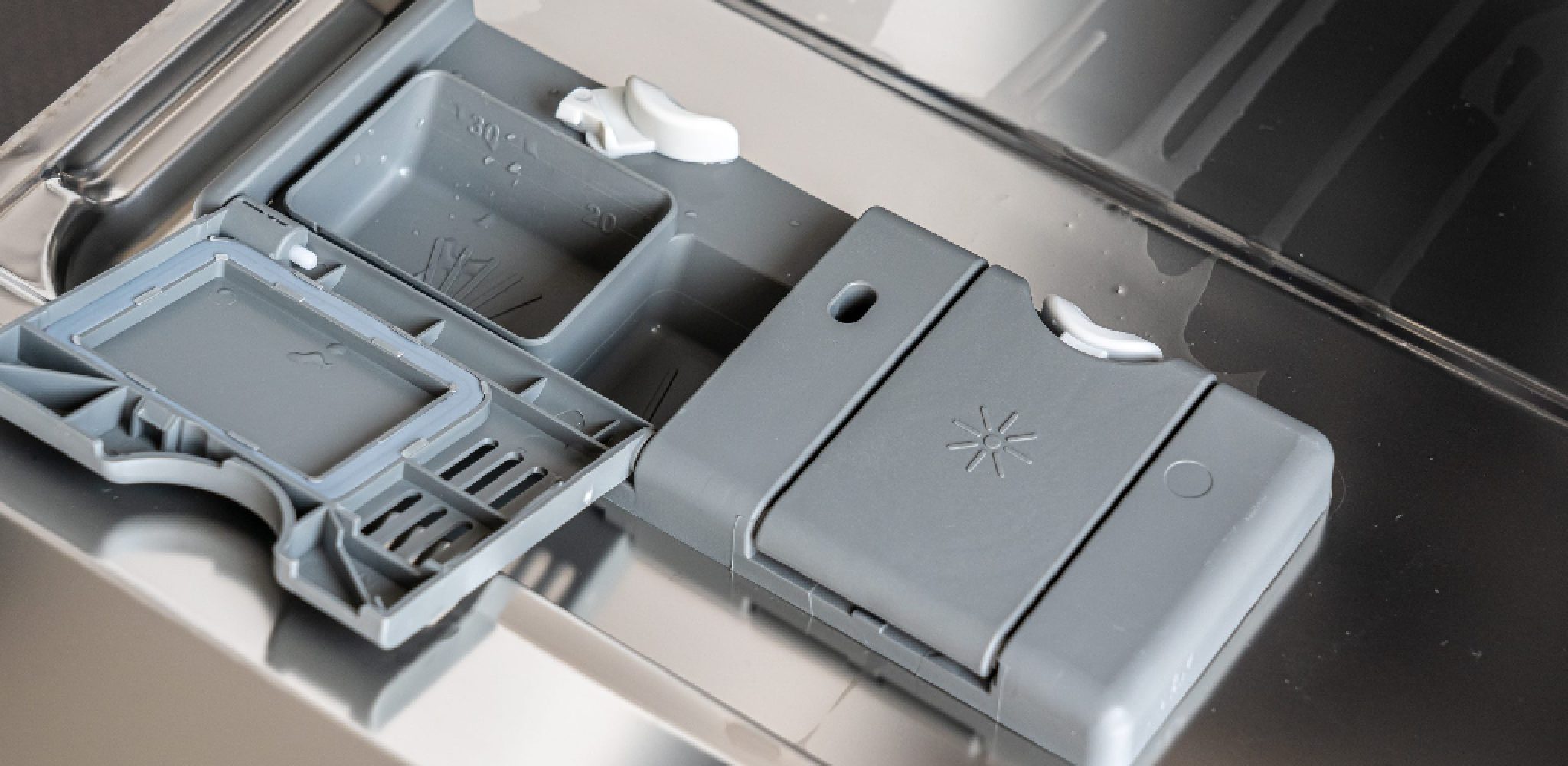
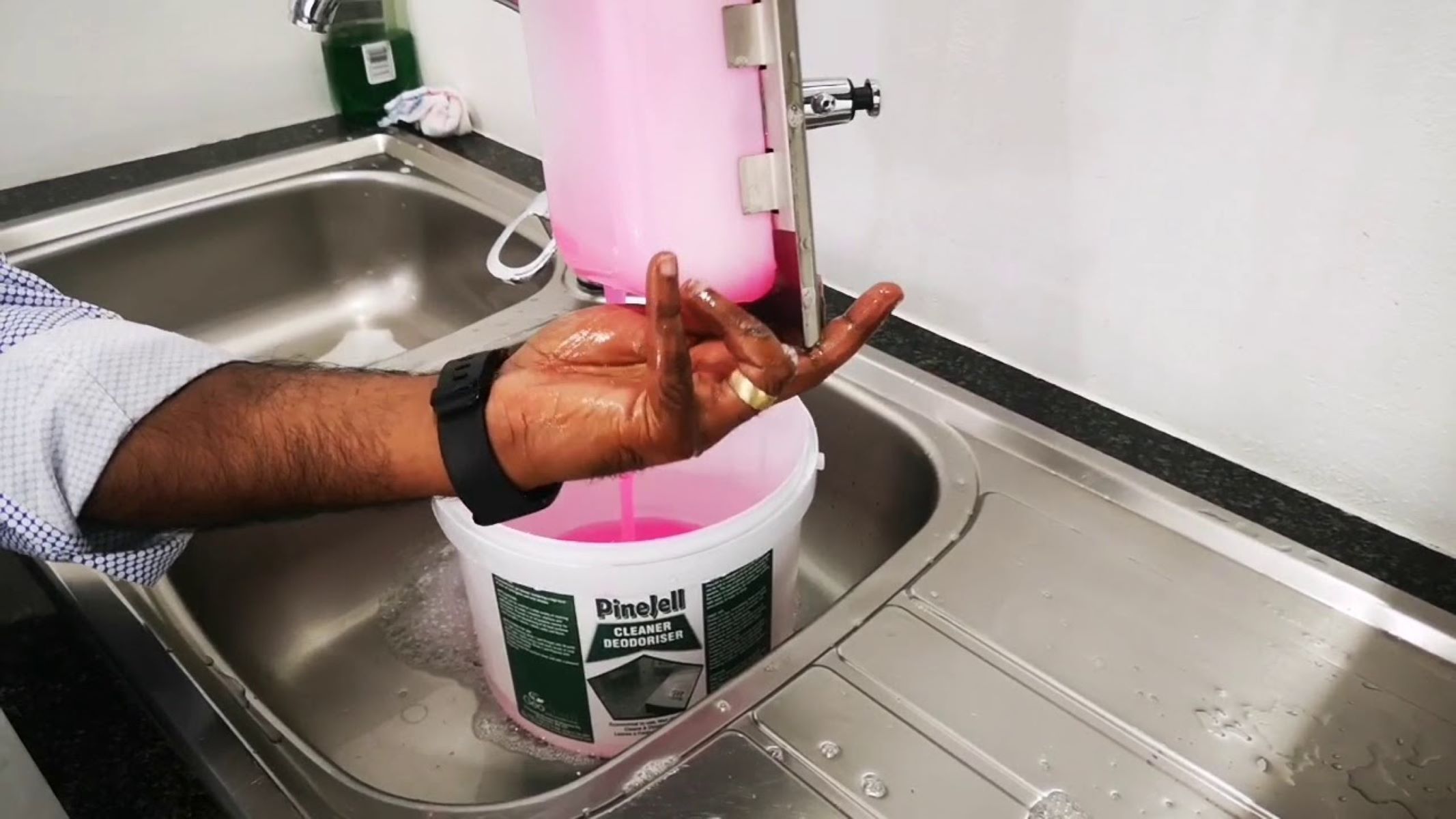
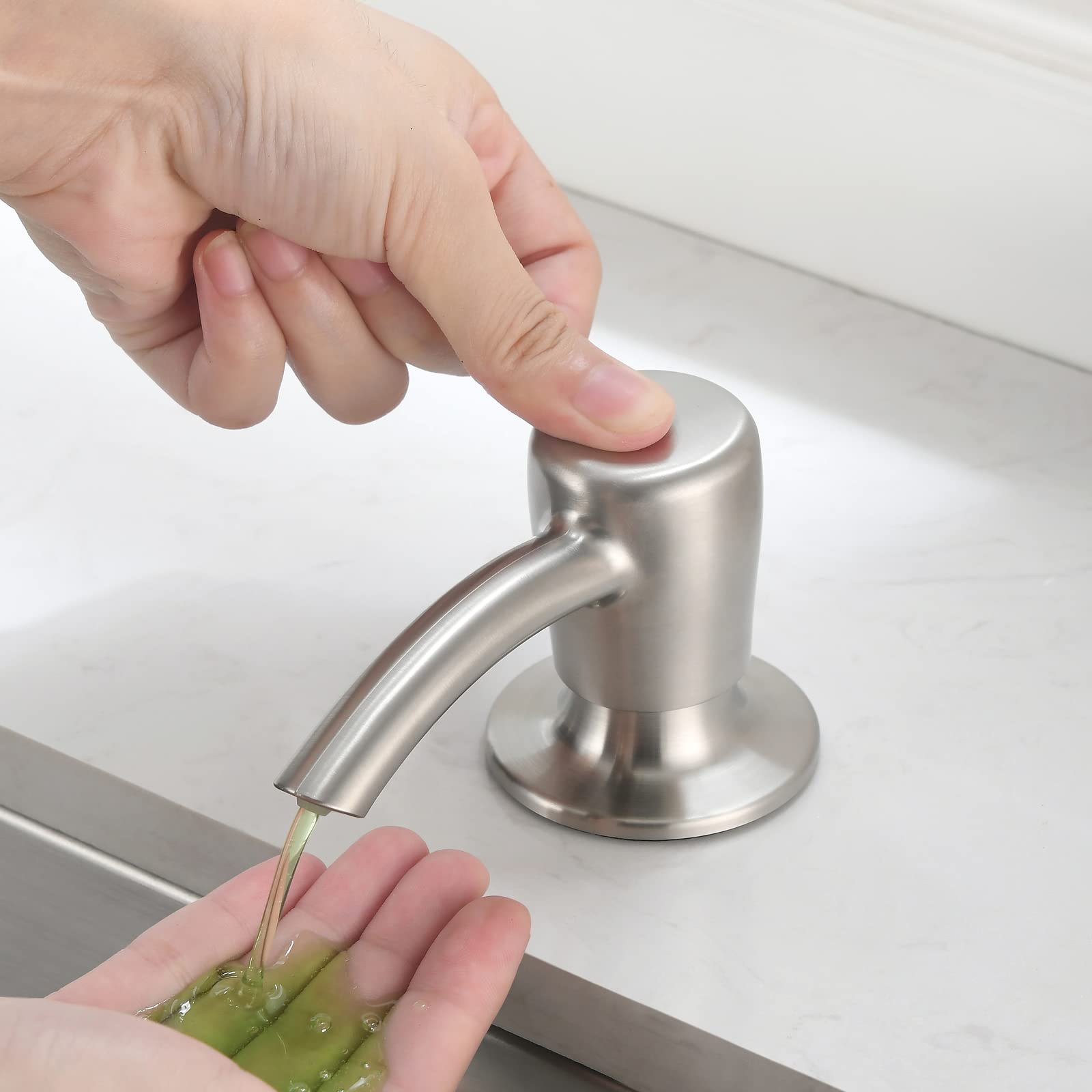
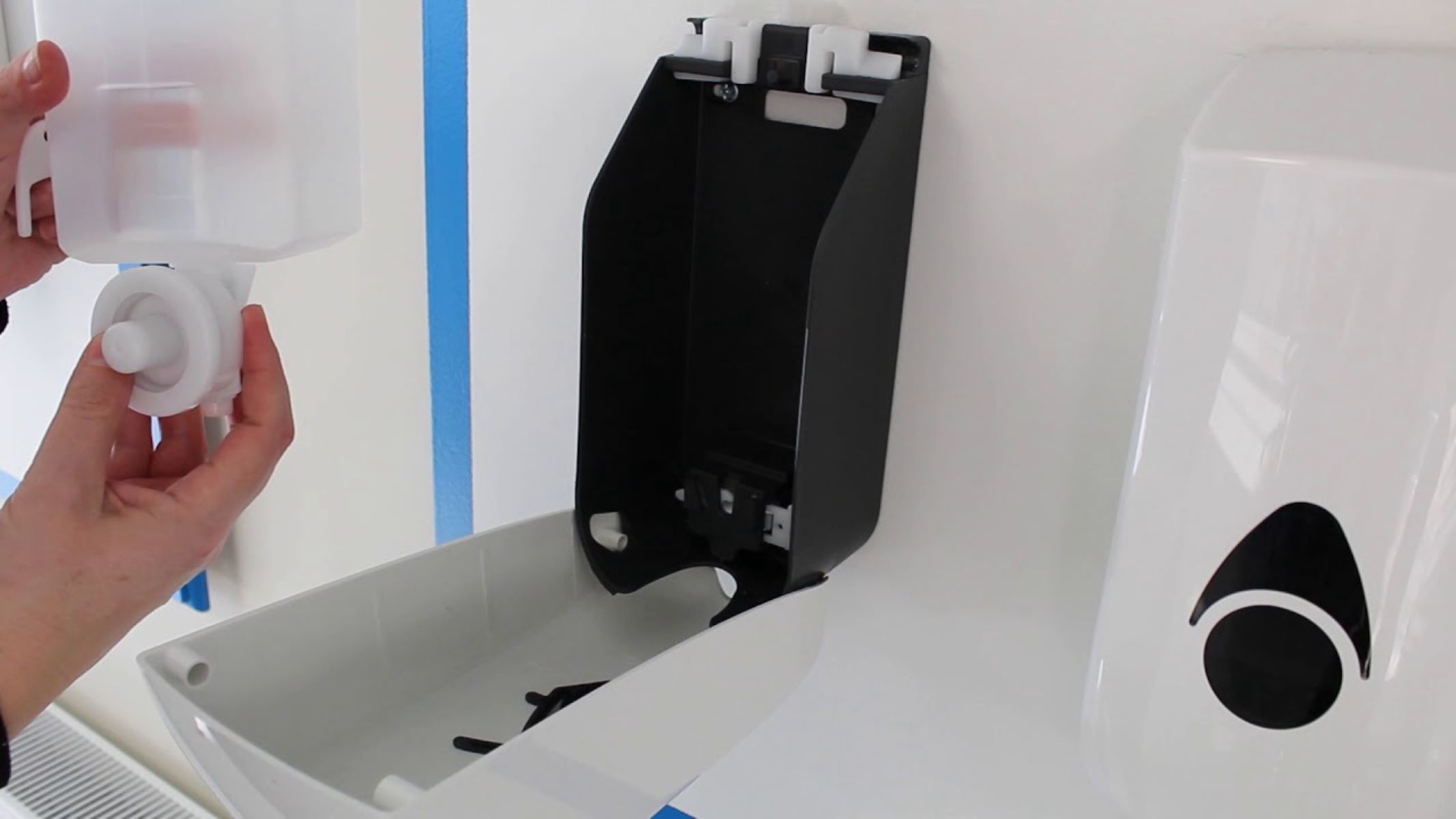
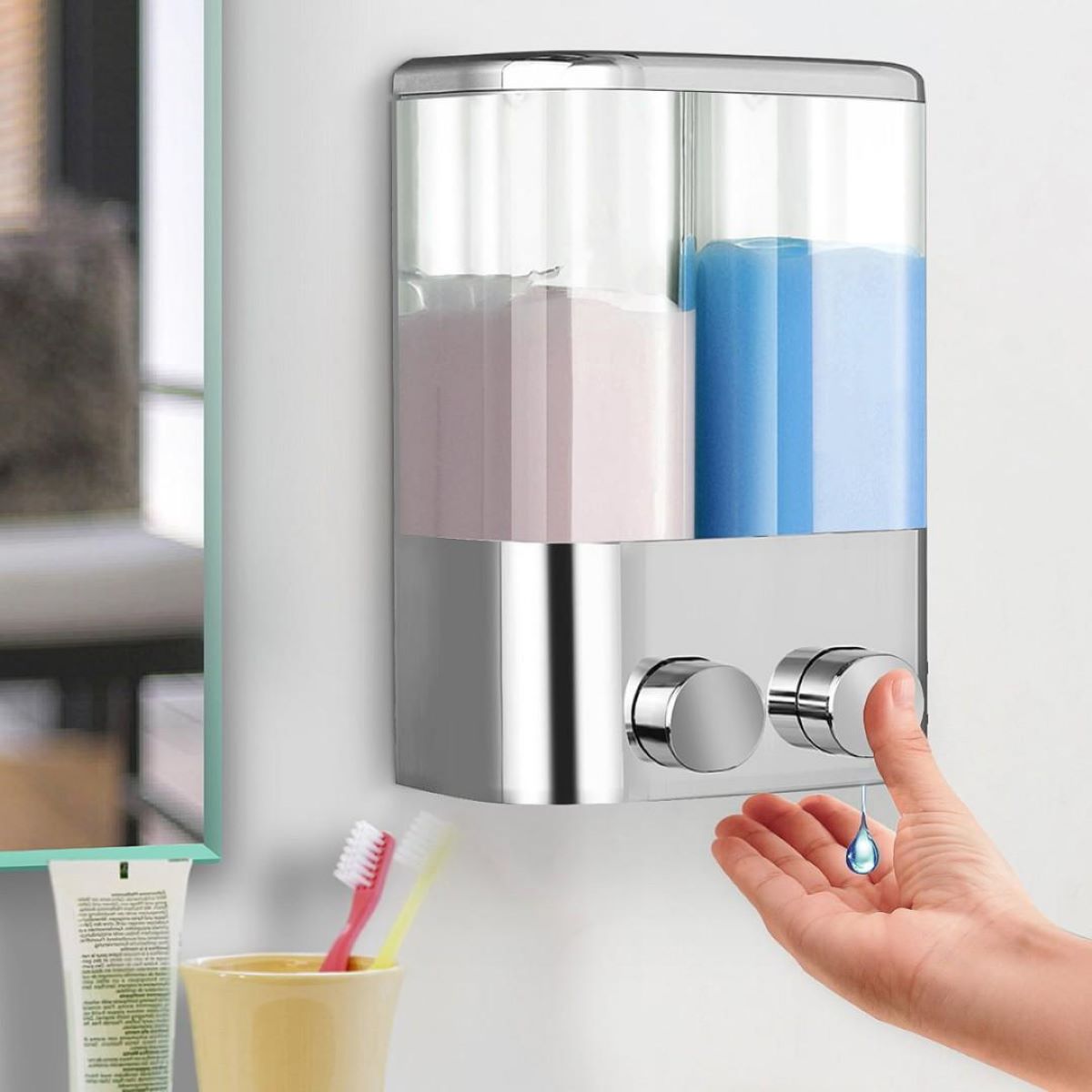
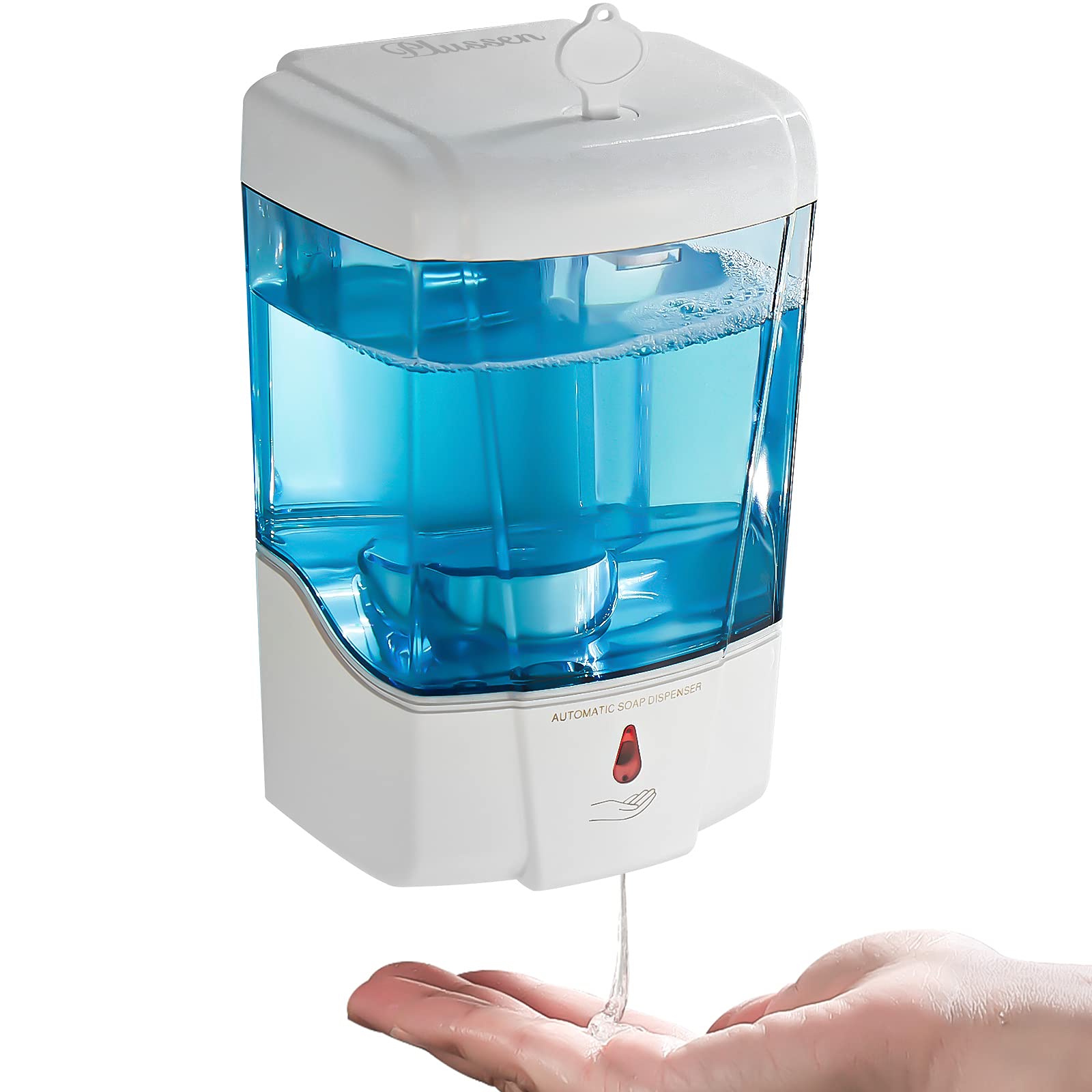
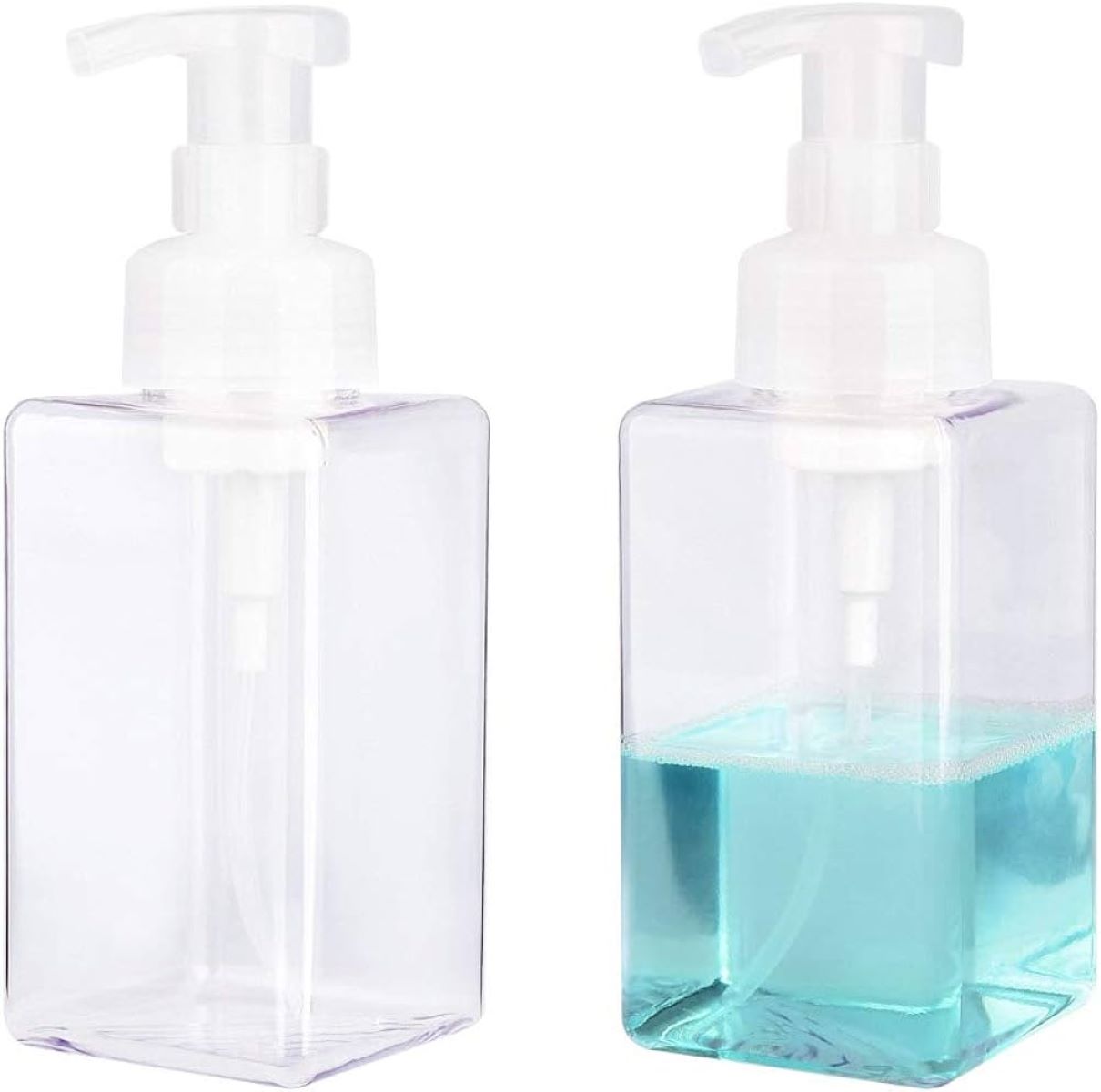
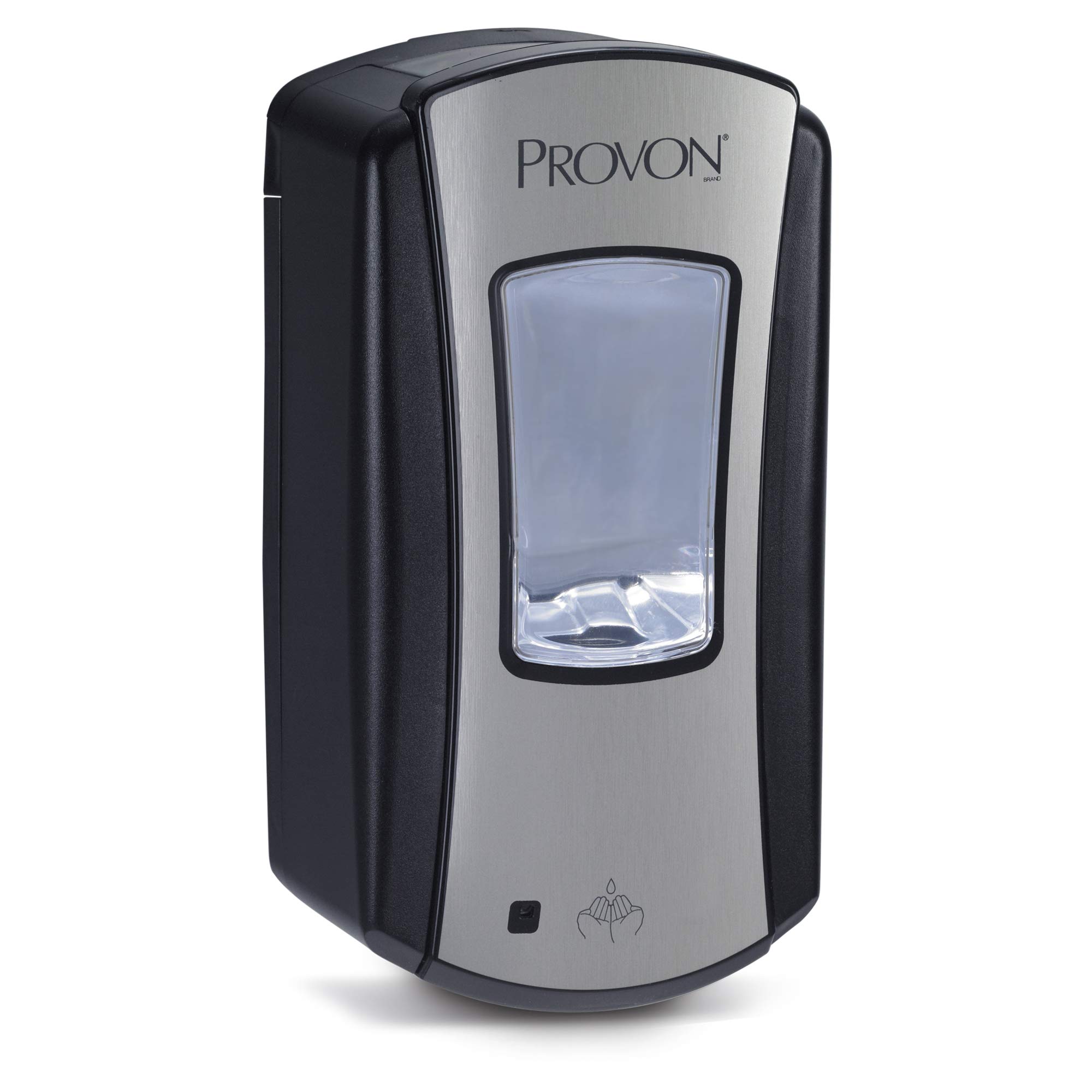

0 thoughts on “How To Fix Foaming Soap Dispenser”